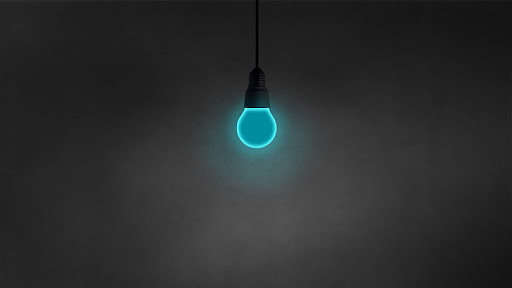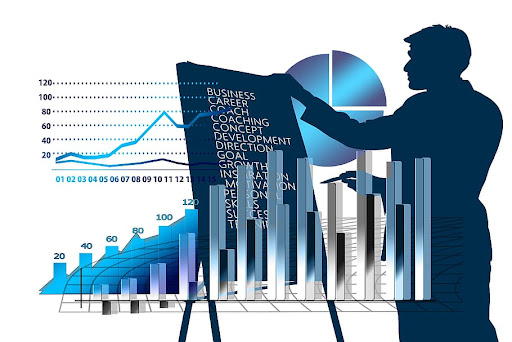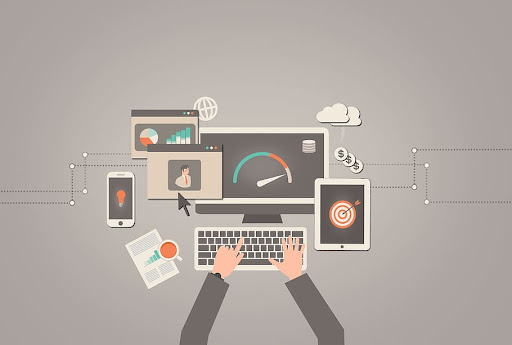Product Strategy and Innovation: Developing Products that Satisfy Customer Needs

A market is a place full of sharks ready for the new wave of fish to come. Yes, you heard it right. Every year, a load of different products is introduced on the market, but not all of them are followed by success. As a business owner, if you decide to stay relevant in the market, you need to find new, creative ways of developing products that your customers will absolutely love.
In today’s article, we’re going to talk about the best innovative methods to make your business glow with the flow of success.
All about product innovation and strategy
A product is all you can offer that can be of great use to your customers. Products are answers to pre-existing problems that circulate among people. A reliable solution that will satisfy customer needs. Any great product should start with a strategy that will discover the purpose of the goods.
Product strategy gives clarity so you can better understand the concept of the product with all its set points and attributes. After that, you just jump into the opportunity of creating a tangible concept. It’s all about designing new products or redesigning the old ones, so you can easily fit in among the other competitors who may or may not offer better solutions than you.
To be better than others, you need to think better.
Understanding what your customers want
As simple as it sounds, creating a product may not be complex enough for you. But creating a product that can be of great use to your targeted audience, a product that answers people's problems it’s the real deal here. Before you begin developing a product, you need to understand your customers.
The key to having a successful product is listening to what your customers ask. The answer usually lies here. Now may be the time to do some research into finding out why people need your product. You have to create a product better than your competitors, and a product that corresponds with your clients’ needs.
Capabilities
It’s very important to acknowledge your capabilities, the resources you have, and a profit formula that will help you develop a certain product. You can start building a house without water and cement. When you understand what abilities your company lacks, you can build those first before moving on with bigger projects like developing a product.
Stages of developing a product
Roadmap tool
If you want to turn your vision into a product, you need to consider roadmap tools, which can help you in setting the timeline for your new product. With those tools, you will be able to set your product goals while also continuously updating them.
Idea Generation
It all comes with an idea. A simple thought, even the most random one. Think of as many ideas as you want. This is the first step in aiming toward developing a product. It’s called Idea generation because it includes finding new ways to improve your outdated products.
In this phase, there’s no rule on how many ideas you can get. It’s important to note that without proper project management software, your ideas will easily fail to succeed. This software helps to manage your whole innovation process.
Idea screening
This is the second phase of developing a product, and like the name itself, it’s the process of screening the ideas and letting go of those that aren’t suitable for the company’s resources. Ideas that aren’t acceptable in any way.
Concept development
The concept is the third phase after the product undergoes idea generation and idea screening. The concept discloses any marketing details about the products, including their benefits, attributes, price, etc. Some tools would test your product for you. You can make concept testing very simple by employing the right techniques.
Business analysis
Through business analysis, you need to estimate the cost and the profit, as well as discover the size and growth rate of the market. The goal of this phase is to evaluate whether the products are feasible or not. The best app for business analysis is Microsoft Excel.

Marketing strategy
Marketing strategy is the stage where you’re discovering ways of selling a particular product. Here are the four Ps of marketing strategy: product, place, price, and promotion.
Product is the service that is offered. The place is where the transaction is happening; it may not always be on the web, but it can be in the digital economy.
Price includes the costs of developing the product, profit, supply, demand, and market strategy. Promotion is presenting your product to all of your potential customers. It can be through advertisements, marketing campaigns, etc.
Creating a website
The best way to present your products is by simply creating a website that can be easily accessible to people. Starting your business and developing a new product it’s a challenging thing to do, but creating a website doesn't have to be. By creating a webpage, people will have a better understanding of what type of services you offer, while also reaching a bigger audience with your posts.
Marketing testing
After the finished product, it's time to test it in real life. The gathered information from the customers can help you to improve the areas of the products to better fit their needs. This can be done by creating paid surveys, consignment testing, and other tools for testing.
However, this stage needs to be carefully done, while ensuring that your competitors won’t find out about your launch of a new product. They can easily imitate your pre-existing product and launch it on the market quicker than you.
Commercialization
Commercialization is the last stage of the product development process and includes deciding on the place, time, and ways of introducing your product on the market. There are two different approaches to launching your product on the market: waterfall and sprinkler approaches. The waterfall is immediate commercialization on the market, while the sprinkler is the slow introduction to the market, going from one section to another.
If you decide to display your product on your website first, it’s important to learn how to use UI and UX design, because the first impression of your product is important. The design and aesthetic of the product are what is seen first. By employing poor designs, you’ll likely scare your customers away. Bad experiences with your website will make customers withdraw or never engage with your page again.

Different types of innovation
Different innovations will bring different values to your company. It all comes down to how much you are willing to pay to create the product. And with as few resources as you have, you can still create challenges for bigger competitors. The sustaining innovation it’s at the top of the market, while the other two are used for creating products with fewer resources.
Sustaining innovation
This kind of innovation is when you decide to improve your existing product. It’s all about creating an upgraded version of your products by changing their performance. This allows you to target your previous customers by offering them an even better version of the product that they have. This is the process of applying your best practices to make better profits.Low-end Disruption
This innovation applies when a company comes to the bottom of the market with an offer of a service or a product that is good enough, and it's sold for a cheaper price. An example of low-end disruption is when Airbnb showed up on the market. It’s cheaper to stay in one rather than find a hotel.
At first, it was a good enough option to find somewhere you could sleep rather than paying a lot of money. Up till now, it has become a popular site where travelers from all around the world search for Airbnb instead of other places.
New market disruption
This is when you decide to turn existing products that are expensive into affordable options for underserved customers. It’s a competition in an existing market, where you’re going against the original creators of a product who weren’t interested in creating simple goods to satisfy the targeted audience that you’re going after.
One-line synopsis
Creating winning products requires obtaining a great product design. It’s all about developing products that respond to the customer’s problem. By employing the right tools and strategies, you’ll likely succeed in creating a valuable product on the market.
In today’s competitive market of creating different products, you need to stand out from the competitors with your product. You must prioritize your client’s experience with your product if you want to succeed.
Copyright © . All Rights Reserved